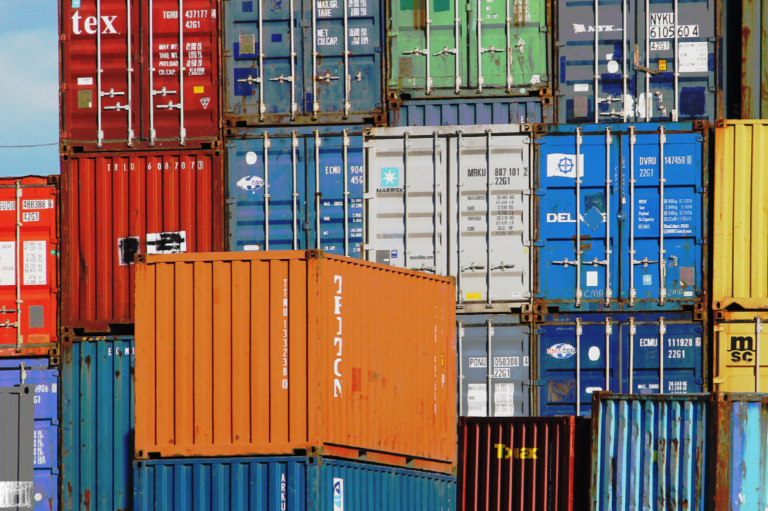Mapping the economic impact of COVID-19 is surely a complicated task that will take time and undoubtedly will be a hot topic of conversation and studies in political and academia circles for many years to come. At this point we can confidently argue that the abrupt decrease in consumer spending during Q2 is to blame for the half a trillion dollar deficit that the US economy saw last year compared to 2019, with a significant reduction in spending on consumer services (hair salons, restaurants) and goods.

Fortunately for the world’s economies, spending on consumer goods bounced back almost immediately, fueled somewhat by fear-based spending due to shortages, and, gradually, increased spending of disposable income as consumers that were fortunate not to have been impacted financially by the pandemic were spending less on consumer services during periods of lockdown restrictions.
Ultimately, the rather modest reduction in spending on consumer goods was not enough to make up for the significant reduction in spending on services, and some economists argue that it will be 2022-2023 until we see consumer spending return to pre-pandemic levels.
Of course, an unprecedented drop in consumer spending is bound to have a significant impact on global shipping. Demand seemingly dropped overnight and shipping lines responded by grounding vessels and reducing routes in order to keep ocean rates from completely crashing. The wave of port and route closures started in China and quickly spread around the globe, with companies and countries responding to the uncertainty surrounding the virus.
China was the first to ease lockdown restrictions, and with this came an equally unprecedented increase in consumer spending, though now with an historically low number of vessels, containers, and ports to accommodate the drastic increase; and not to mention varying levels of lockdown restrictions around the globe negatively impacting manufacturing and logistics capacities and lead times. With this increased demand and short supply came significant increases in ocean freight rates, which typically remain stable with predictable GRI’s (General Rate Increase) accounting for minor fluctuations throughout the year. This led to rates from China to US west coast ports increasing 174% and east coast rates increasing 85% compared to the same period in 2019, according to Ocean Insights. With demand heavy in China and South Asia and freight rates at a premium, carriers began to focus all of their efforts on returning containers to Asia as quickly as possible. Rather unorthodox practices of deadheading, shipping light (reduced vessel capacity), restricting rail to inland US locations, and restricting US exports to Asia have become common strategies to help accomplish this. Even so, the shortage is still being experienced across Asia, where people have been said to have waited in line at container yards for several hours, with lines, of PEOPLE, not trucks, stretching more than a mile long.
Shipping lines and analysts are hopeful that the shortage will be somewhat resolved with the lull after Chinese New Year, as a significant decrease in demand is needed to increase supply. This, along with the further easing of lockdown restrictions in the coming months, should help to gradually clear up port congestion and allow global trade to begin returning to normal operations.
If you are experiencing a shortage in supply, we are here to help! We have a large inventory of various packaging products, as well as relationships with partners here in the US, Mexico, and Central and South America, which allow us to provide stopgap solutions to help you get over the hump.

